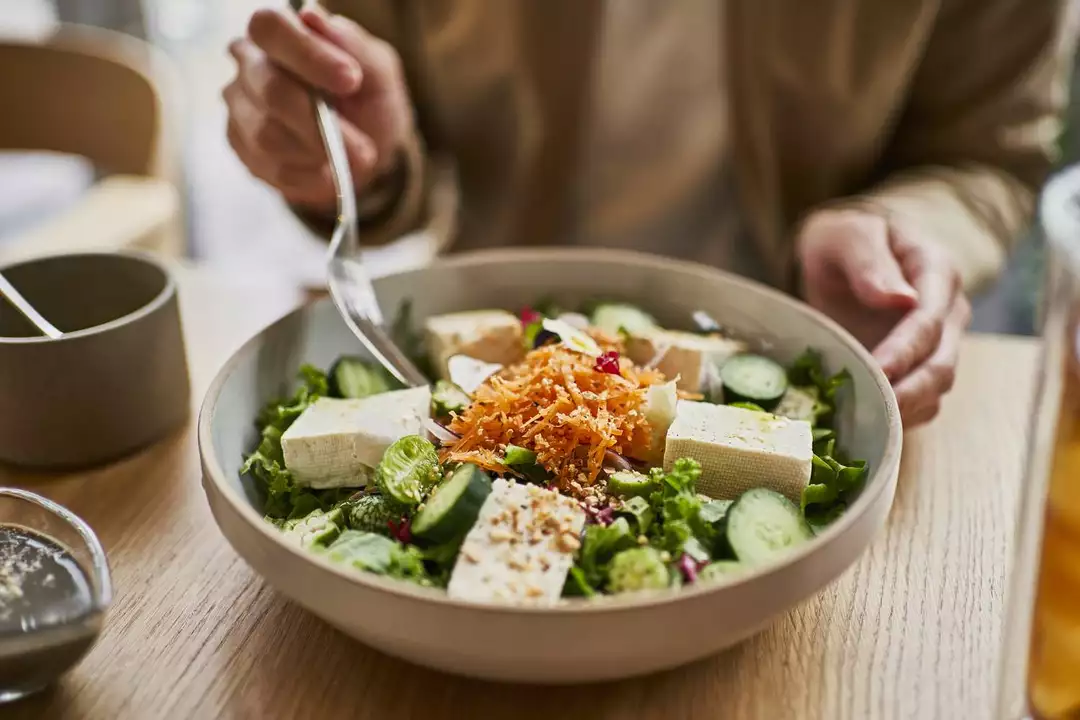Dietary Regimen That Actually Works — Practical, No-BS Tips
Want a dietary regimen that’s realistic and sticks? Forget extreme diets and rigid rules. A good regimen fits your day, your budget, and your tastes. Below are clear steps and a real one-day plan you can copy, tweak, and use right away.
Build a simple 4-step dietary regimen
Step 1 — Set one clear goal. Weight loss, more energy, or better lab numbers all need slightly different plans. Pick one goal and keep it front of mind when you shop and cook.
Step 2 — Balance meals. Aim for a plate with: half vegetables, one quarter lean protein (chicken, beans, fish, tofu), and one quarter whole grains or starchy veg. Add a small healthy fat (olive oil, avocado, nuts). This mix controls hunger and keeps blood sugar steady.
Step 3 — Routine + flexibility. Plan three main meals and one snack or two small snacks. If you travel or work late, swap meal timing but keep the balance. Meal prepping one day a week saves time and avoids impulse fast food.
Step 4 — Simple tracking. Use a notebook or phone app to note meals for a week. Look for patterns: late-night snacking? Too many sugary drinks? Small fixes yield big changes.
Sample 1-day dietary regimen you can try
Breakfast (7–9am): Greek yogurt or oats with berries and a tablespoon of chopped nuts. Protein + fiber keeps you full.
Lunch (12–2pm): Large salad or bowl with mixed greens, quinoa or brown rice, grilled chicken or chickpeas, cucumber, tomato, and a vinaigrette. Add lemon or herbs for flavor instead of heavy dressings.
Snack (3–4pm): An apple or carrot sticks with 1–2 tablespoons of hummus or a small handful of almonds.
Dinner (6–8pm): Baked salmon or lentil stew, roasted vegetables (broccoli, peppers, or Brussels sprouts), and a small sweet potato. Finish with a piece of fruit if you want dessert.
Hydration: Drink water throughout the day. A good rule: sip regularly and aim for 8 cups as a baseline; adjust if you’re active or live in a hot climate.
Quick grocery list for the week: oats, eggs or plant protein, mixed greens, canned beans, brown rice or quinoa, frozen vegetables, nuts, olive oil, lemons, plain yogurt, berries or apples. That covers most balanced meals and keeps costs down.
Common mistakes to skip: overcomplicating meals, cutting entire food groups without reason, and relying on “low-fat” processed items that add sugar. Instead, focus on whole foods and consistent portions.
Adjust for your needs: If you lift weights, add 20–40g extra protein at meals. If you’re managing blood sugar, space carbs across the day and favor whole grains. Talk with a clinician if you have medical conditions that affect diet.
Start small: pick one habit to change this week — swap sugary drinks for water, add a veggie to every meal, or prep two lunches. Small wins stack up fast and keep your dietary regimen realistic and sustainable.


